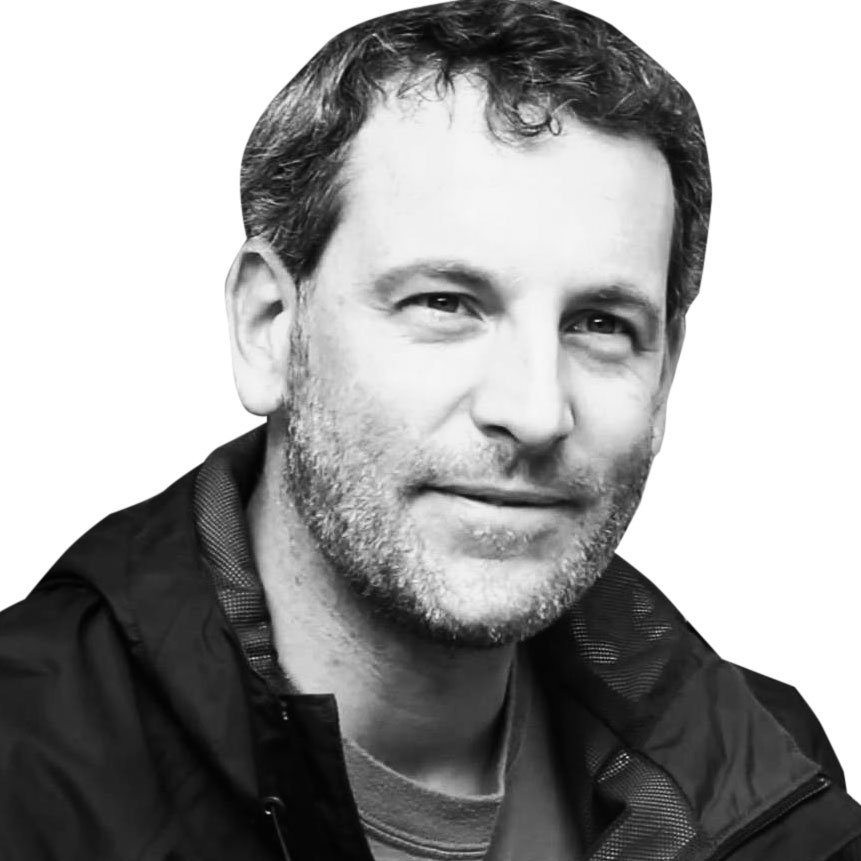Crime & Justice
Photo Illustration by The Daily Beast
Selling Guns In The Shadow Of The Vegas Massacre
OTHER WORLD
Just three miles from the Mandalay Bay, the gun industry gathered for its biggest show of the year. The Daily Beast takes you inside.

Trending Now





